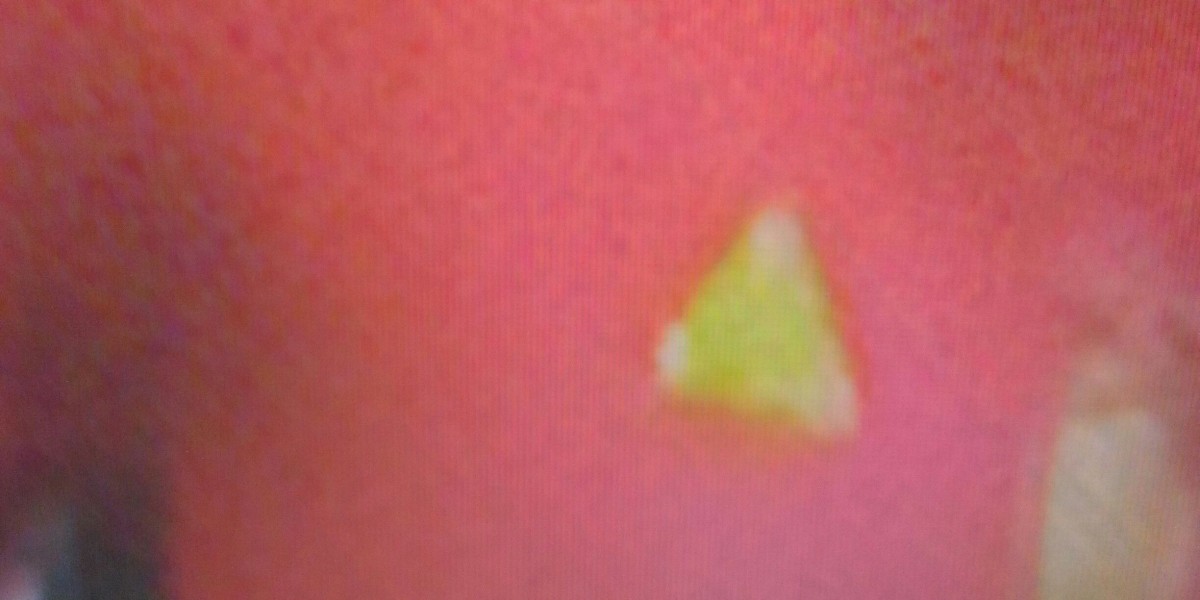Welcome to our comprehensive guide on preventing Feline Tooth Resorption, an often overlooked but crucial aspect of Veterinary Dental Care. In this guide, we delve into the nitty-gritty of this prevalent dental condition that affects our furry friends. We aim to enlighten pet owners on the importance of proactive dental care, and the pivotal role it plays in preventing tooth resorption in cats. But fear not, with expert knowledge, practical tips, and preventative measures, we're here to empower you to keep your feline's dental health in peak condition. So, let's embark on this enlightening journey and ensure our feline companions enjoy a life free from dental distress.
What is Feline Tooth Resorption?
Feline Tooth Resorption, also known as Feline Odontoclastic Resorptive Lesions (FORLs), is a common dental condition in cats. It involves the breakdown of tooth structure, leading to the loss of tooth enamel, dentin, and sometimes even the pulp. This condition can affect cats of all ages, breeds, and genders. The exact cause of tooth resorption in cats remains unclear, but it is believed to be a combination of genetic predisposition, immune system abnormalities, and oral inflammation.
Tooth Resorption typically starts with the destruction of the tooth's enamel at the gum line, where the lesion appears as a small red dot. Over time, the lesion progresses, causing the tooth to become weak and prone to fracture. If left untreated, the resorption can extend deeper into the tooth, leading to pain, infection, and eventually tooth loss. It is important to note that tooth resorption can be quite painful for cats, even if they do not show obvious signs of discomfort.
Preventing Tooth Resorption starts with understanding the causes and risk factors associated with this condition.
Causes and Risk Factors of Feline Tooth Resorption
While the exact causes of Tooth Resorption are not fully understood, several risk factors have been identified. These factors increase the likelihood of a cat developing tooth resorption and should be taken into consideration when implementing preventative measures.
One of the primary risk factors is age, as tooth resorption becomes more common in cats over the age of 5. It is also more prevalent in certain breeds, such as Siamese, Abyssinians, and Persians, suggesting a genetic component. Additionally, poor oral hygiene, a history of dental disease, and a diet deficient in certain nutrients may contribute to the development of tooth resorption. Other factors, including immune system abnormalities, viral infections, and hormonal imbalances, have also been implicated in the development of this condition.
By understanding these causes and risk factors, we can take proactive steps to prevent tooth resorption in our feline friends.
Signs and Symptoms of Feline Tooth Resorption in Cats
Detecting Tooth Resorption in cats can be challenging, as cats are masters at hiding discomfort and pain. However, there are several signs and symptoms that may indicate the presence of tooth resorption. Being aware of these signs can help prompt early intervention and prevent further deterioration of your cat's dental health.
One of the most common signs of tooth resorption is excessive drooling or drooling mixed with blood. Cats may also experience pain or discomfort while eating, resulting in changes in their eating habits, such as decreased appetite or preference for soft food. They may exhibit behavioral changes, such as increased aggression or irritability, as a result of the discomfort they are experiencing. Other signs to watch out for include bad breath, pawing at the mouth, swelling or redness around the gums, and visible changes in the teeth, such as discoloration or missing parts of the tooth structure.
If you notice any of these signs or symptoms, it is crucial to consult your veterinarian for a thorough dental examination.
Importance of Regular Dental Check-ups for Cats
Regular dental check-ups for cats are vital in maintaining their overall oral health and preventing tooth resorption. Just like humans, cats benefit from professional dental cleanings performed by a veterinarian. These cleanings involve the removal of plaque, tartar, and bacteria from the teeth and gums, reducing the risk of dental disease and tooth resorption.
During a dental check-up, the veterinarian will also conduct a thorough examination of your cat's teeth and gums, looking for any signs of tooth resorption or other dental issues. Dental X-rays may be taken to evaluate the extent of any existing lesions or resorptions that may not be visible to the naked eye. Early detection of tooth resorption is essential for successful treatment and prevention of further complications.
Regular dental check-ups, combined with proper home dental care, provide the foundation for maintaining your cat's oral health and preventing the progression of tooth resorption.
Preventive Measures for Feline Tooth Resorption
Preventing Tooth Resorption requires a proactive approach that involves a combination of preventive measures. By implementing these measures, you can significantly reduce the risk of tooth resorption and promote your cat's overall dental health.
One of the most effective preventive measures is regular dental cleanings performed by a veterinarian. These cleanings remove plaque and tartar buildup, which can contribute to tooth resorption. Additionally, dental cleanings allow for a thorough examination of your cat's teeth and gums, enabling early detection and treatment of tooth resorption.
Another crucial preventive measure is maintaining good oral hygiene at home. This can be achieved through regular toothbrushing using cat-specific toothpaste and toothbrush. While it may take time for your cat to get used to the process, with patience and persistence, it can become a beneficial routine. Dental treats and toys that promote oral health can also be incorporated into your cat's daily routine.
Ensuring a balanced diet rich in essential nutrients is another important preventive measure. Consult with your veterinarian to determine the appropriate diet for your cat's specific needs. A diet that promotes dental health can help prevent tooth resorption and maintain overall oral hygiene.
By implementing these preventive measures, you can significantly reduce the risk of Tooth Resorption and provide your cat with optimal dental care.
Dental Care Tips for Cat Owners
As a cat owner, you can follow several dental care tips to promote your feline's oral health and prevent tooth resorption. These tips, when incorporated into your cat's daily routine, can make a significant difference in maintaining their dental well-being.
First and foremost, regular toothbrushing should be a part of your cat's dental care routine. Start slowly by introducing your cat to the toothbrush and toothpaste, allowing them to become familiar with the taste and texture. Gradually progress to brushing their teeth in gentle circular motions. Aim for at least three times a week, but daily brushing is ideal.
In addition to toothbrushing, providing your cat with dental treats or toys designed to promote oral health can be beneficial. These treats and toys help remove plaque and tartar buildup while providing mental stimulation for your cat.
Regular dental check-ups with a veterinarian are essential. Schedule annual or biannual visits to ensure your cat's teeth and gums are thoroughly examined, and any signs of tooth resorption are detected early.
Lastly, maintaining a balanced diet that supports dental health is crucial. Consult with your veterinarian to determine the appropriate diet for your cat, taking into consideration their age, breed, and specific dental needs.
By following these dental care tips, you can actively contribute to your cat's dental health and prevent the development of tooth resorption.
Best Practices for Brushing a Cat's Teeth
Brushing a cat's teeth can be a challenging task, but with the right approach and patience, it can become a beneficial routine for both you and your feline friend. Here are some best practices to consider when brushing your cat's teeth:
Introduce toothbrushing gradually: Start by allowing your cat to sniff and explore the toothbrush and toothpaste. This helps them become familiar with the tools and reduces fear or anxiety.
Choose the right tools: Use a toothbrush specifically designed for cats, as their bristles and size are suitable for their mouths. Additionally, use cat-specific toothpaste that comes in flavors appealing to cats, such as poultry or fish.
Find a comfortable position: Choose a quiet and calm environment where your cat feels relaxed. Gently restrain your cat, either by wrapping them in a towel or holding them securely, ensuring their comfort and safety.
Start with gentle motions: Begin by gently lifting your cat's lips to expose their teeth. Gradually introduce the toothbrush, using gentle circular motions to brush their teeth and gums. Focus on the outer surfaces of the teeth, as these are the most prone to plaque and tartar buildup.
Be patient and positive: It may take time for your cat to get used to toothbrushing. Be patient, and reward them with praise, treats, or playtime after each session. This helps create positive associations with toothbrushing and increases their cooperation over time.
Remember, consistency is key. Aim for at least three times a week, gradually increasing to daily toothbrushing. If your cat is resistant to toothbrushing, consult with your veterinarian for alternative dental care options.
Conclusion
Preventing Feline Tooth Resorption is crucial for maintaining your cat's dental health and overall well-being. By understanding the causes and risk factors, recognizing the signs and symptoms, and implementing preventive measures, you can significantly reduce the risk of tooth resorption in your feline friend. Regular dental check-ups, proper dental care at home, and a balanced diet all play vital roles in keeping your cat's teeth and gums in peak condition. Remember, early detection and intervention are key to successful treatment and prevention of further complications. By prioritizing your cat's dental health, you are ensuring a lifetime of happy and healthy smiles. So, let's embark on this journey together and give our feline companions the dental care they deserve. Contact us at 843-964-7474.







